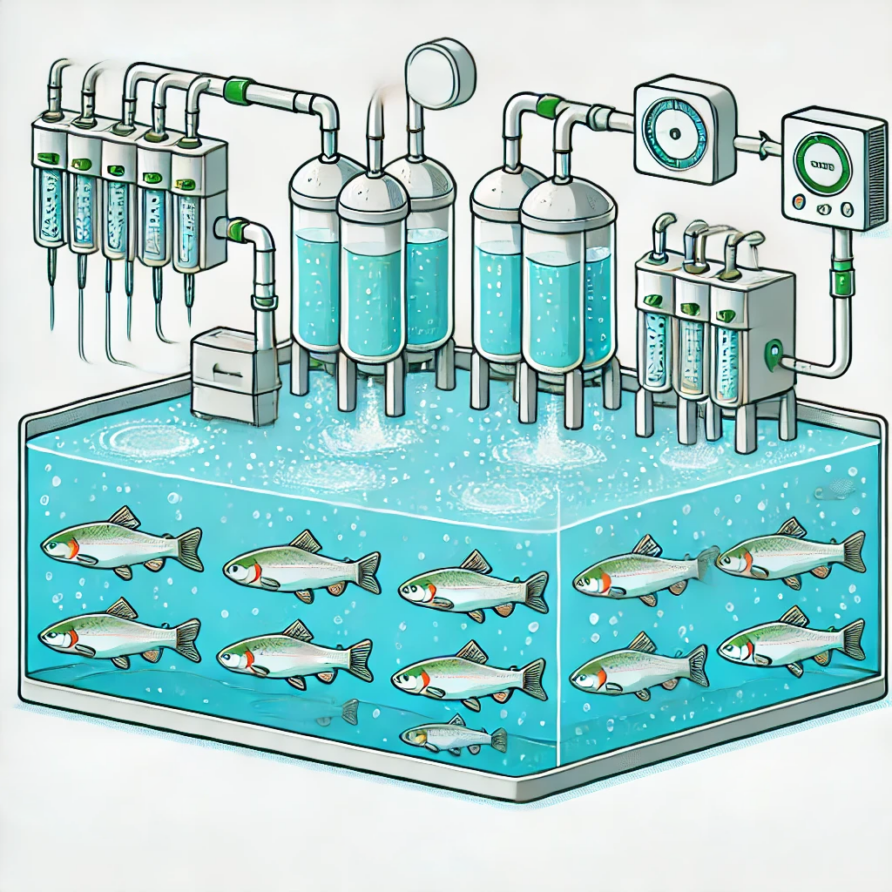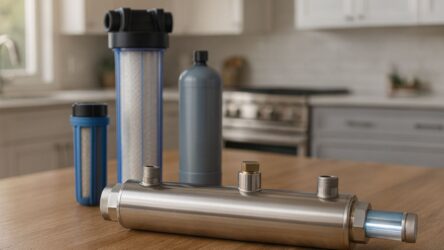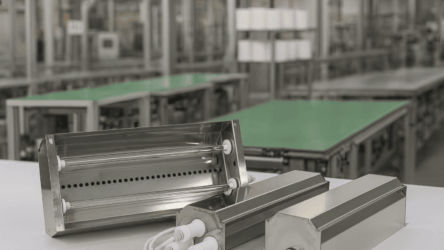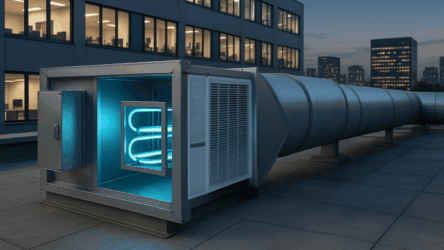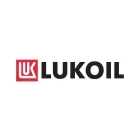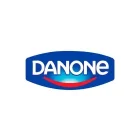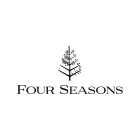Modern aquaculture technologies significantly improve fish farming efficiency through the use of recirculating aquaculture systems (RAS). Unlike traditional fish farming in open water bodies, RAS allows for full control over water quality and temperature, creating optimal conditions for fish growth. A key component of these systems is effective water treatment, which minimizes contamination and maintains a healthy aquatic environment.
Advantages of fish farming in RAS
Fish farms utilizing recirculating water systems are becoming increasingly popular due to their numerous benefits. These systems ensure stable water parameters, which is especially important for sensitive fish species such as trout and sturgeon. RAS enables higher stocking densities without compromising fish health, making operations more profitable.
The importance of water treatment
Water in closed-loop systems quickly becomes contaminated due to the high density of fish and the accumulation of organic waste. The primary issues include excess feed, fish excrement, decaying organic matter, and eutrophication — an increase in nitrogen and phosphorus levels that leads to rapid algae growth.
According to statistics, approximately 17% of fish die naturally, with:
- 10% during the first year
- 5% in the second year
- 2% in the third year
This highlights the importance of effective water treatment in maintaining water quality and preventing mass losses.
Key stages of water treatment
The water treatment process in RAS consists of several crucial stages, each playing a vital role in ensuring clean and stable water conditions. Below is a detailed overview of the filtration system on fish farms:
- Mechanical filtration. At this stage, large contaminants, such as uneaten feed and fish waste, are removed. Drum and disc filters are commonly used, capable of capturing particles as small as 50 microns, ensuring basic water purification before subsequent treatments.
- Biological filtration. This stage involves biofilters, where beneficial bacteria break down toxic compounds like ammonia and nitrites, converting them into less harmful nitrates. The nitrification process helps maintain ecological balance within the system.
- Degassing. During fish respiration and biological filtration, carbon dioxide (CO₂) accumulates in the water, reducing oxygen levels. Degassing systems remove excess CO₂, preventing fish health deterioration. Water is distributed over specialized plates, allowing intensive CO₂ removal.
- Oxygenation. For normal fish growth and development, maintaining a high oxygen level in water is essential. Aeration systems and oxygenators ensure adequate oxygen saturation, which is particularly important for species like trout and sturgeon.
- Ultraviolet disinfection. UV treatment destroys up to 99.9% of pathogenic microorganisms, including bacteria and viruses, without the use of chemicals. This method is environmentally friendly and does not negatively affect the aquatic ecosystem.
Choosing UV systems for RAS
Several types of UV sterilizers are used in recirculating aquaculture systems:
- Flow-through sterilizers – Ideal for large water volumes, with power selected based on water flow rate.
- Submersible modules – Installed in separate tanks, selected according to tank size and geometry, providing even UV exposure to the water.
- Cassette systems – Consist of multiple submersible modules combined into a cassette. The number of modules and their power are calculated based on water quality and purification requirements.
Conclusion
Effective water treatment is the foundation of successful fish farming in recirculating aquaculture systems. It creates optimal conditions for fish growth, reduces the risk of disease, and enhances overall productivity.
UVL offers high-quality UV disinfection systems, available on our official website. Our experts are ready to provide consultations and assist in designing customized solutions for integrating UV equipment into your RAS water treatment system.

